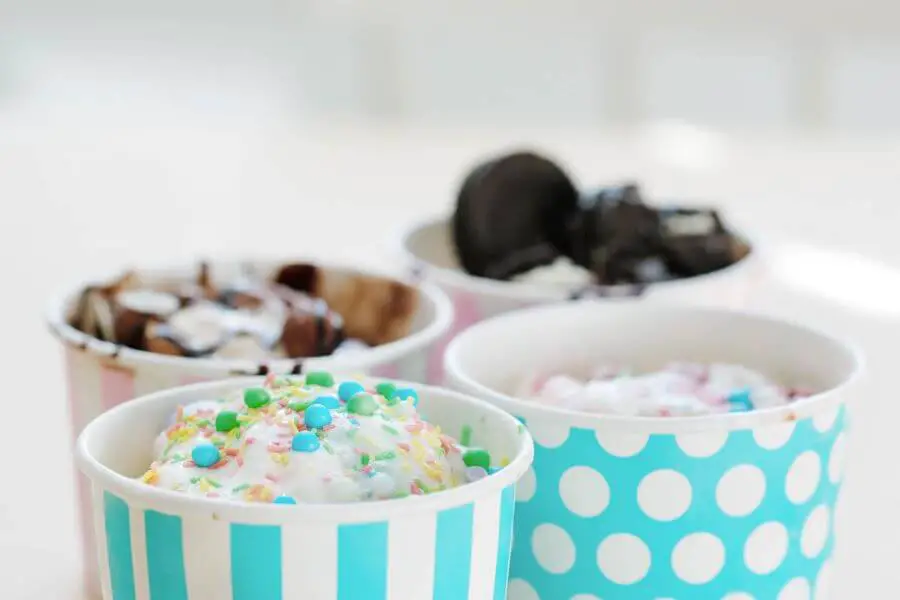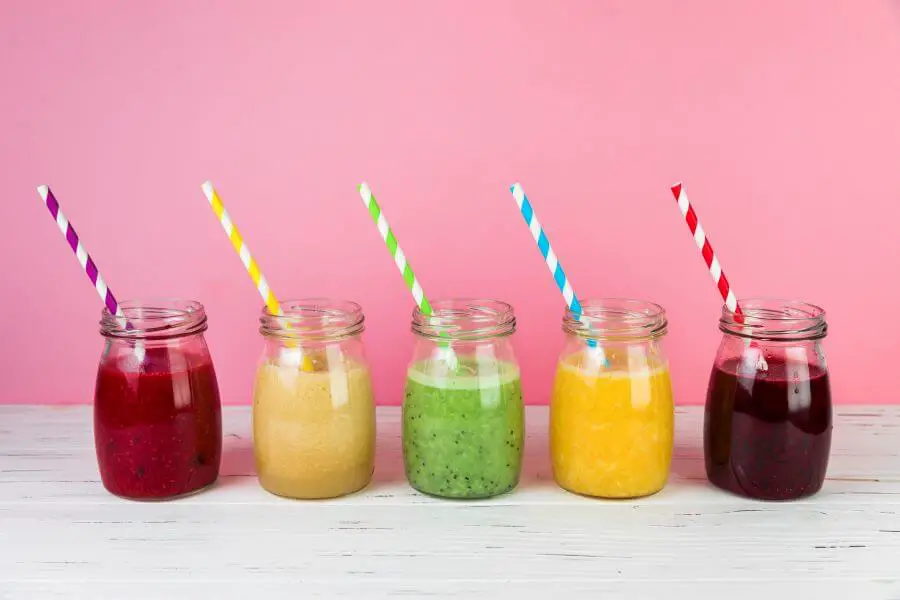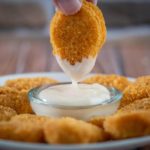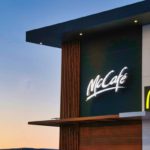I. Evolution of McDonald’s Packaging
Historical Overview
The history of McDonald’s packaging is a journey that mirrors the fast-food giant’s evolution. In the early days, McDonald’s packaging was simple and utilitarian, with plain paper bags and basic containers. However, as the brand began to grow, so did the sophistication of its packaging. From the introduction of foam “clamshell” containers in the 1970s to the transition to paper-based packaging in the 1990s, McDonald’s has continuously innovated its packaging design to enhance customer experience and align with environmental considerations.
Branding Consistency
A key aspect of McDonald’s packaging evolution is the constant emphasis on branding consistency. Regardless of the changes and innovations, one element remains constant: the iconic Golden Arches logo. This symbol, prominently featured on all packaging, serves as an immediate visual identifier for the brand. Despite regional variations and cultural adaptations, this branding consistency ensures a unified brand image across diverse cultures and markets.
II. Iconic Packaging Designs
Golden Arches on Packaging
The use of the Golden Arches on McDonald’s packaging is a masterstroke in brand recognition. This simple yet powerful logo, emblazoned on bags, boxes, and wrappers, immediately signals the presence of McDonald’s. The consistent use of this iconic symbol has made it one of the most recognized logos worldwide. It’s not just a symbol of McDonald’s; it’s a symbol of fast food itself.

Happy Meal Boxes
Perhaps one of the most recognizable elements of McDonald’s packaging design is the Happy Meal box. Designed to captivate a younger audience, these boxes often feature bright colors, engaging graphics, and interactive elements. More than just a container for food, the Happy Meal box is part of the dining experience, transforming a meal into a moment of fun and discovery for children.
III. Functional and Aesthetic Considerations
Practicality and Functionality
McDonald’s packaging is designed with a keen focus on practicality and functionality. The containers are sturdy, easy to handle, and designed to keep the food warm and intact. Whether it’s a cup holder that perfectly fits a beverage or a burger box that opens up as a mini dining tray, each element of McDonald’s packaging is thoughtfully designed to enhance convenience and usability.
Aesthetic Appeal
While functionality is crucial, McDonald’s also pays attention to the aesthetic appeal of its packaging. The use of vibrant colors, appealing food images, and playful graphics make McDonald’s packaging visually pleasing. This balance of function and aesthetics contributes to the overall dining experience, making each meal at McDonald’s not just delicious but also visually delightful.
IV. Sustainable Packaging Initiatives
Environmental Impact
As a global brand, McDonald’s recognizes its responsibility towards the environment. The company has made significant efforts to reduce its environmental footprint through sustainable packaging initiatives. This includes transitioning to renewable, recyclable, or certified materials for its packaging and reducing unnecessary packaging. These measures reflect McDonald’s commitment to sustainability and its aim to balance business growth with environmental stewardship.
Global Initiatives
McDonald’s sustainable packaging initiatives extend across its operations worldwide. The company adapts its strategies to address different environmental challenges in various regions. For instance, in areas with robust recycling infrastructure, McDonald’s prioritizes using recyclable materials. In other regions, the focus might be on reducing packaging volume or using renewable resources. These tailored strategies ensure that McDonald’s approach to sustainable packaging is both globally consistent and locally relevant.

V. Collaborations with Artists
Limited Edition Collaborations
McDonald’s has a history of collaborating with renowned artists for limited-edition packaging designs. These collaborations add an artistic touch to the dining experience, turning ordinary packaging into pieces of art. From vibrant illustrations to unique graphic designs, these limited-edition packages bring a fresh and exciting dimension to McDonald’s branding.
Community Engagement
These artist collaborations also contribute to community engagement. By partnering with local artists, McDonald’s supports the local art scene and engages with the community in a meaningful way. These collaborations not only enhance McDonald’s brand image but also create a sense of connection between the brand and the local community.
VI. Innovation in Packaging Technology
Smart Packaging
McDonald’s continues to explore technological innovations in its packaging design. One such innovation is the use of smart packaging, which incorporates interactive elements or digital interfaces. For instance, some McDonald’s packaging features QR codes that customers can scan to access exclusive content or promotions on their smartphones.
Digital Engagement
Packaging is also used as a tool to enhance digital engagement with customers. With the rise of mobile technology, McDonald’s has integrated elements like QR codes and augmented reality into its packaging. These features offer an interactive digital experience, extending the customer engagement beyond the physical product.
VII. Cultural Sensitivity in Packaging
Adaptation to Local Culture
McDonald’s is known for its ability to adapt to local cultures, and this extends to its packaging design. The company tailors its packaging to incorporate local cultural nuances, ensuring a positive reception in different markets. Whether it’s incorporating local language, symbols, or colors, McDonald’s packaging respects and celebrates local culture.

Global Appeal
Balancing global branding with local sensitivity is a key challenge in packaging design. While McDonald’s maintains a consistent brand image through its iconic logo and color scheme, it also allows for regional variations in packaging design. This balance ensures that while McDonald’s packaging has a global appeal, it also resonates with local customers.
VIII. Collector’s Editions and Memorabilia
Collectible Packaging
McDonald’s packaging has often transcended its functional role to become a collector’s item. Limited edition packaging, often released to commemorate special events or collaborations, has found its way into the collections of many McDonald’s enthusiasts. These collectible packages create a sense of nostalgia and emotional connection with the brand.
Memorabilia Market
There is a thriving market for McDonald’s packaging memorabilia. Collectors value these items not just for their aesthetic appeal but also for the memories they represent. From vintage Happy Meal boxes to limited edition artist collaborations, these collectibles hold a special place in the hearts of many McDonald’s fans.
Sources:
- McDonald’s: Our Journey to Sustainable Packaging
- McDonald’s: Our Food. Your Questions.
- McDonald’s: Scale for Good
- McDonald’s: Food Philosophy
- McDonald’s: Quality Assurance and Food Safety
- McDonald’s: Nutrition Calculator
- McDonald’s: Corporate Information
- McDonald’s: Community Engagement Initiatives
- McDonald’s: Digital Engagement Strategies
- McDonald’s: Cultural Adaptation Strategies






